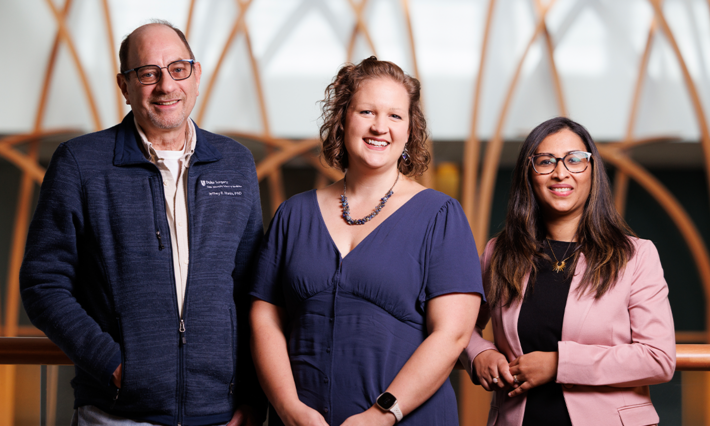
The NIH Heart, Lung and Blood Institute (NHLBI), has awarded a $3M grant to Atrium Health Wake Forest Baptist Comprehensive Cancer Center, VCU Massey Cancer Center, and Duke Cancer Institute to collaborate in a first-of-its-kind prospective study about the long-term heart health of young breast cancer survivors.
The cross-institutional study will help researchers uncover the earliest signs of heart vessel damage in pre-menopausal breast cancer survivors and aims to prevent heart disease in this patient population.
Professor of Medicine Susan Dent, MD — a cardio-oncologist, breast oncologist, and associate director, Clinical Research, for the Duke Cancer Institute Breast Cancer Disease Group — is lead investigator for patients enrolling at DCI.




